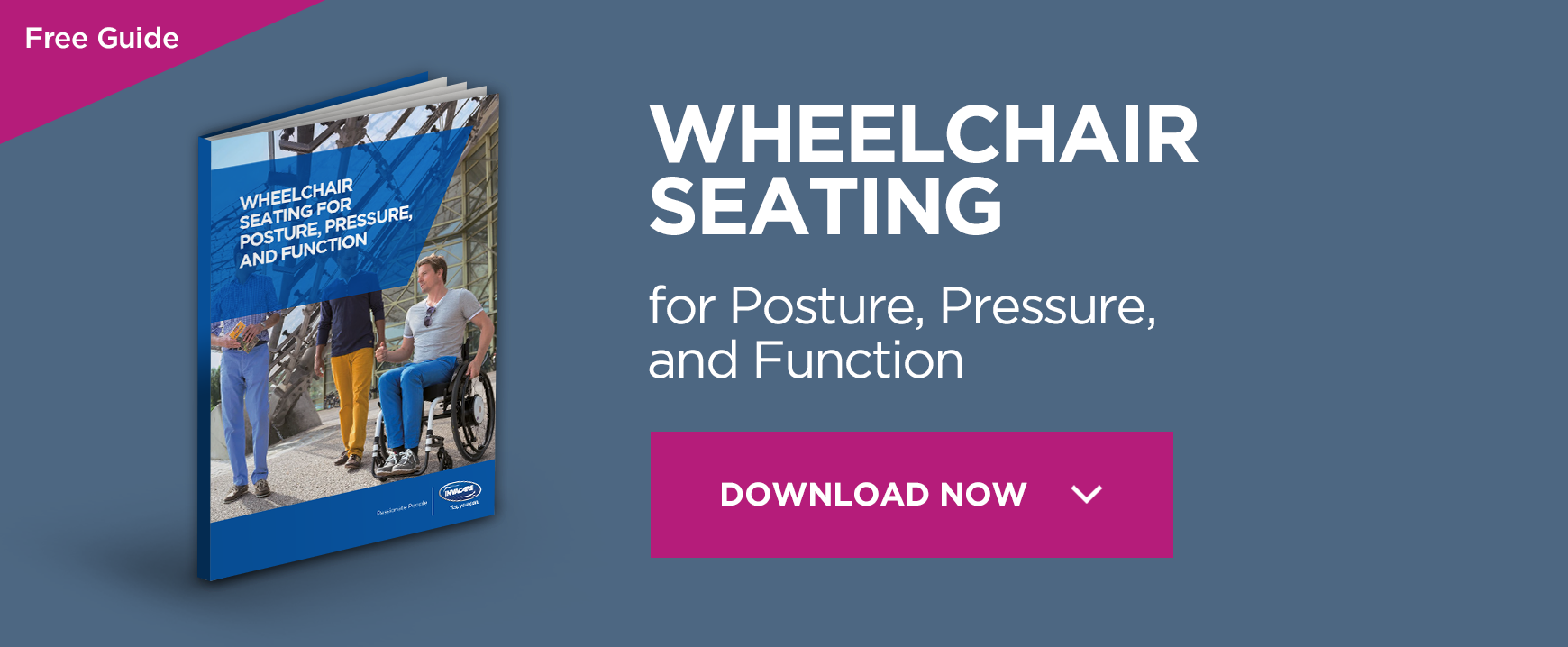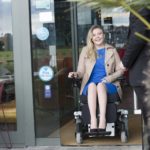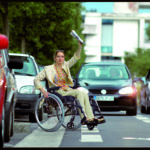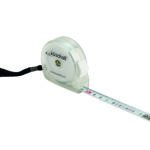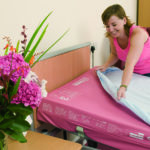The application of power tilt, recline and power elevating legs and how they assist with pressure, positioning and function
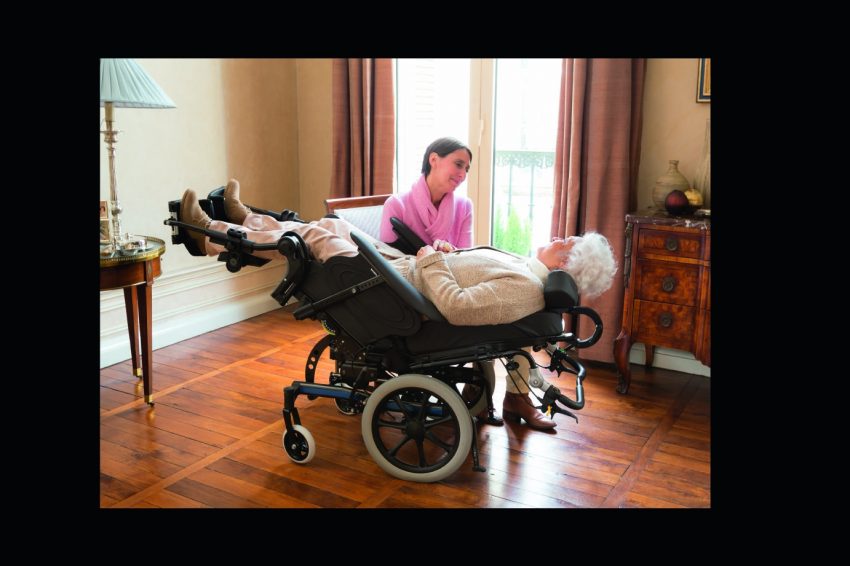
Whether you use a power wheelchair or manual wheelchair as your primary means of mobility, immobility alone is a high-risk factor for pressure injury.
Without the ability to change position and relieve pressure, many wheelchair users are at risk of developing pressure sores which can lead to serious health issues.
Therefore, if you are using wheelchair as your primary means of mobility, and you are unable to independently and effectively weight shift then your wheelchair specialist may discuss a power chair with power seat options with you. Today we will discuss Power Tilt, Recline and Power Elevating Legs. The other benefits of power seating including positioning and function will be discussed as well.
You can refer to the RESNA position paper (referred to in this blog for further information on other power seat options such as Lateral Tilt, Anterior tilt and Precline.
Common Goals related to providing power seat functions:
- Realign posture and enhance function
- Enhance visual orientation
- Speech
- Alertness
- Improve physiological processes such as orthostatic hypotension, respiration, and bowel and bladder function
- Improve transfer biomechanics
- Regulate spasticity
- Accommodate and prevent contractures and orthopedic deformities
- Manage edema
- Redistribute and relieve pressure
- Increase sitting tolerance and comfort
- Independently change position to allow dynamic movement
Power seating (actuators) can provide a method for you to change the pressure under your “sit bones”, IT’s and will better protect the skin.
Questions to consider and disucss with your therapist are:
- Are you using power seating properly to maximize your health and function”?
- How many degrees of tilt is necessary for weight shift?
- How frequently must this weight shift be performed?
- How were you educated about this process?
Power Tilt, Recline and Elevating Legs Definitions
1- Tilt:
Allows you to change your seat angle orientation in relation to the ground while maintaining a constant seat to back angle and seat to leg rest angle. This means that you can change your seated position without changing your hip angle or knee angle. This position is beneficial for relieving pressure, help with posture by using what is called “gravity-assist” to hold your trunk upright and from falling foward. It is a position that can help with stability when driving down a grade or over rough surfaces/terrain. The amount of tilt necessary for you particular pressure needs is a discussion to have with your doctor and therapist but generally the studies (RESNA position paper) recommend a minimum of 45 degrees tilt angle.
2- Power Recline:
Power Recline allows you to change the seat to back angle while maintaining a constant seat angle with respect to the ground. It is like a “recliner” chair where just the back angle changes. Recline offers the following advantages, it changes the position of the body, provides pressure relief as the body is in contact with more of the seat/back surface, can improve respiration by opening the trunk/chest to help the lungs expand, can help with transfers for balance or a “flat transfer to a bed”. This can also help with personal care. This position can cause sliding whereby the body moves forward at the pelvis and out of position from the seating system and postural supports. This can cause a loss of sitting balance, or affect driving if the drive control is attached to the wheelchair frame, i.e. head array or chin control. It can also cause Shearing– where blood vessels are stretched, and can cut off blood flow- leading to tissue damage- and contribute to the development of a pressure injury.
If you slide out of position from the Pivot point (which aligns the hip joint with the backrest angle, or a thick/deep backrest, It is important to minimise this with the set-up of the chair. A Mechanical Shear Reduction Feature (if available on the chair you choose) can help minimize the back from sliding down during recline to help maintain contact with the users back .
If your body shape and spine requires the use of “Contoured Back” adding recline can cause increased shear and may not be recommended. This is again for discussion with your therapist.
3- Power Elevating Legs
Power Elevating Legs allow the user to change the leg and/or footrest angle relative to the seat in order to flex or extend the knee. Some legrests articulate, that is, lengthen while extending the knee which can help maintain an improved leg position. This can be recommended for pain, lower extremity swelling/edema (especially when used with power tilt and recline). See below for more information on using this feature with Power Tilt and Recline.
Power Tilt and Recline Used Together
When reviewing the research summarized in the RESNA Position Paper on Power Tilt, Recline and Elevate, there are several studies that show the advantage and effectiveness of using power power seating functions together. For some with spasticity and extensor tone, recline may not be recommended, but using tilt before opening up back angle with recline can work together well. This can also reduce the detrimental effects of Shear while still offering maximal surface area/ pressure re-distribution. You will be able to to move in and out of a variety of positions for pressure, comfort and function. This is especially true when adding power elevating legs for positoning the lower extremities above the heart to decrease edema/ swelling.
It is also a position of resting and can allow the user to rest/sleep in the chair without having to transfer back to bed. In addition when you use power postitioning your body position is assisted by gravity and therefore more balanced, in order to reach, or activate technology with the use of switches.
Power wheelchair selection will involve a decision about the wheelchair base and how it is designed, what power seat actuators are necessary and chosen and how the seat cushion, back and components are integrated and fit on the chair. They all need to work in harmony with one another to give you the best outcome to meet your individual goals. Fitting, Education on how to effectively use power positioning for pressure relief, comfort and function should be part of the treatment plan with a focus on post-delivery training and follow-up.
Author: Lois Brown, MPT, ATP/SMS is an Assistive Technology Consultant with GTK in Sydney


